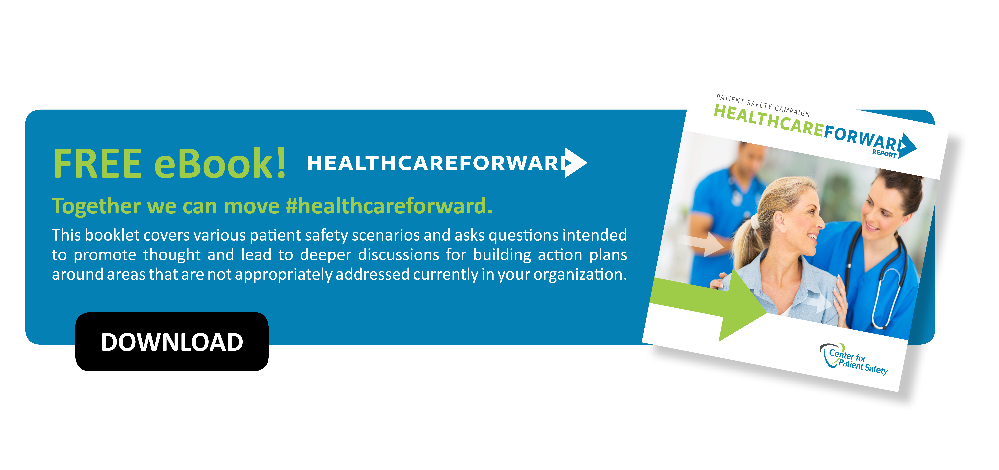Deadly Deliveries Report
What’s even more alarming in this article titled, “Deadly Deliveries” is that many of these deaths are preventable through basic processes of monitoring and management. So why have we gotten away from simple tasks? This is what I don’t understand. Maybe it was the organization in which I worked, but when I was working in the NICU, there was an understanding, a philosophy, a culture that believed in being pro-active rather than re-active when it came to healthcare. Even if it meant being a bit aggressive in the treatment of these premature babies/critical ill infants, the belief was basically that an ounce of prevention was worth a pound of cure. We would rather anticipate an infant “crashing” so to speak and try to prevent than to wait for them to actually “crash” and then deal with all the repercussion that could result from that. Why isn’t this being followed in all areas of healthcare? I don’t understand.
Ever since the release of the IOM report in 1999-2000, there has been an increased focus on patient safety and quality of care. Reimbursement has been tied to certain safety and quality measures as enticement for utilizing patient safety principles and actively working to promote patient safety. My question is - I’m not certain that we need more quality measures to report so much as we need to be focusing on the patient and making certain that our care is individualized to each patient.
Thinking of Joining a Patient Safety Organization?
There are other factors that go along with identifying high risk patients, some which deal with access, other factors deal with understanding who the high risk populations are. Others may deal with the education of our healthcare providers, instructing them and providing simulation scenarios to utilize critical thinking skills. That is something that struck me as I read the article, what happened to the critical thinking skills? Healthcare isn’t just following checklists, though they definitely help! But healthcare is understanding the body and understanding the normal variations that each person may have and knowing what is normal for one person may not be normal for another. It’s treating each person individually, with respect and dignity, without judgment on their circumstances.
'Deadly Deliveries:' Quality Talk Podcast Examines Rising Maternal Death Rate
There isn’t just one answer to this crisis of decreasing our maternal mortality rate, but as healthcare providers we need to start remembering why we went into healthcare and becoming advocates once again for our patients. Participating in the AIM program and using their safety bundles will help, reaching out to counterparts in the UK, France, Finland and Germany to see what protocols, policies they put into practice to decrease their maternal death rate will also help. Education of our healthcare providers and simulation of potential high risk scenarios will provide experience and utilization of critical thinking skills. But first and foremost, we MUST start focusing on the patient and putting their needs as priority over and above any potential financial penalties. Care plans for the patient must be constantly evaluated and evolving. And my sister nurses need to be utilizing their critical thinking skills to advocate for the best care of the patient. Only then will we begin to see the care of our new mothers improve.

.png)
